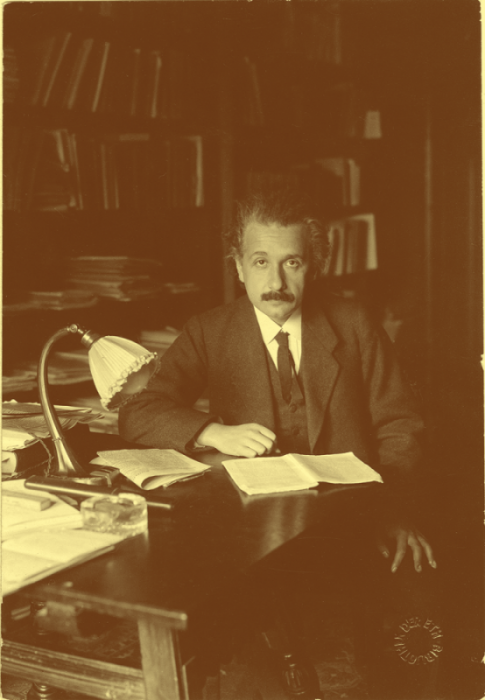Symmetry in Relativity

 Perhaps the best-known connection between physics and symmetry is Einstein’s theory of special relativity. Superseding classical mechanics, it proposed laws about how space and time are related and how matter and energy behave as a result. The theory is built on two important axioms, which were based on Einstein’s observations and beliefs about the natural world. First, the laws of physics are independent of one’s inertial reference frame. Second, the speed of light in a vacuum is a constant. These principles are symmetries, encoded in a particular group called the Lorentz group, and they enabled Einstein to derive special relativity, including the famous E = mc2.
Perhaps the best-known connection between physics and symmetry is Einstein’s theory of special relativity. Superseding classical mechanics, it proposed laws about how space and time are related and how matter and energy behave as a result. The theory is built on two important axioms, which were based on Einstein’s observations and beliefs about the natural world. First, the laws of physics are independent of one’s inertial reference frame. Second, the speed of light in a vacuum is a constant. These principles are symmetries, encoded in a particular group called the Lorentz group, and they enabled Einstein to derive special relativity, including the famous E = mc2.
Einstein later expanded the theory to incorporate gravity. The result, general relativity, allows the reference frames from special relativity to accelerate. But when it was first announced, the theory had a troubling hole: Conservation of energy seemed to break down. The mathematician Emmy Noether put the theory on stronger footing, identifying the relevant symmetry group and, in the process, showing that there is a deep connection between symmetry and physics: Symmetries in physical systems lead to conservation laws in physics. Identification of the correct symmetry showed that energy was in fact conserved.
